Color vision can be defined by what kind of color-detecting equipment exists inside the eye of a human or non-human animal. Some species see no colors, some see a few colors, some see all colors, and some see colors that are not visible to the typical human eye.
The color-detecting equipment inside an eye is called a "cone."
(The rods are for night vision.)
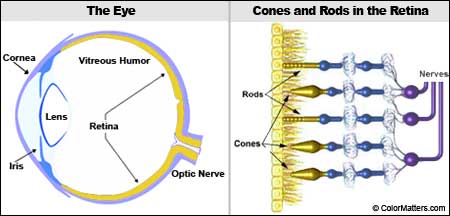
The number of visible colors is defined by the kinds of cones in the eye.
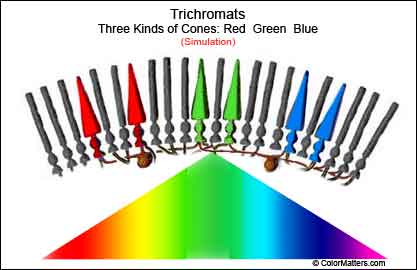
The color receptors - or "cones" - in the eyes
Trichromats
Humans have three kinds of color receptor cells - or “cones” - in their eyes. Each type of cone contains a different visual pigment. These three cone types are called "red", "green" and "blue." Therefore we are “trichromats” (tri = 3, chroma = color).
All hues can be produced by mixing red, green and blue light. This is how a color television set works; a mixture of these three wavelengths of color produces several million visible colors.)
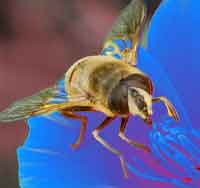
Trichromats
(with a special sensitivity to ultraviolet)
Some animals - for example bees - have three types of cones. Two of the cones are sensitive to "human visible" wavelengths. The third cone is sensitive to colors in the ultraviolet range of the spectrum.
This cone enables them to see colors that humans can’t see.
They also perceive human-visible spectra in different hues than those that humans experience.
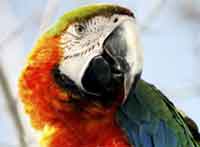
Tetrachromats
Most bird species (that have been studied) have at least four types of cones. They are "tetrachromats." Recent studies have confirmed tetrachromacy in some fish and turtles.
Perhaps it is mammals, including humans, that have poor color vision! Source
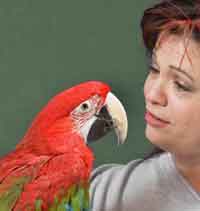
Tetrachromats - Humans?
It has been suggested that some women are also tetrachromats One study suggested that 2-3% of the world's women may have the kind of fourth cone that gives a significant increase in color differentiation. Source
Another thing to considered: Some data suggests that the architecture of the human visual system (as well as that of many animals) is really tetrachromatic - but that this capacity is blocked.

Dichromats
Many animals have only two kinds of cones in their eyes. They are known as “dichromats.” It’s worth noting that the color-sensing pigment in these cones may be weak. Therefore, an animal - for example a dog - probably sees very weak colors.
For more detailed information visit
Neuroscience for Kids - Color Vision
Purple is the hardest color for the eye to discriminate. Some say it's a supernatural color. Others say it's really just a happy color. Find out more at Color Matters: Purple



